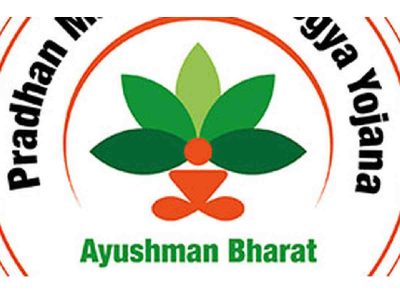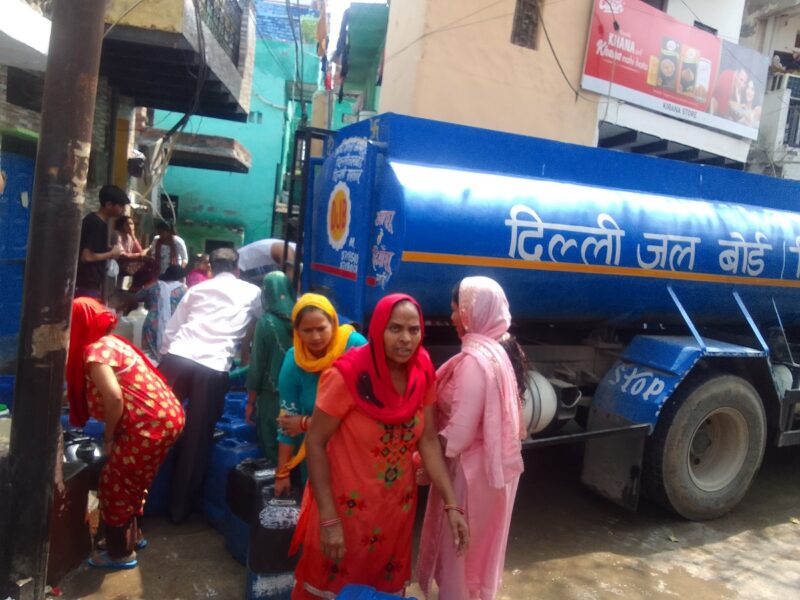In a bid to enhance passenger safety and emergency preparedness, the National Capital Region Transport Corporation (NCRTC) recently conducted extensive security mock drills between New Ashok Nagar and Anand Vihar underground metro stations.
These drills, designed to simulate real-life emergency scenarios, assessed the response efficiency of the operations team, quick response teams (QRT), and fire department personnel.
One of the key scenarios tested was a fire emergency inside a train passing through the tunnel between New Ashok Nagar and Anand Vihar. Passengers were swiftly evacuated using the mid-ventilation shaft and cross-passages within the tunnel. The drill evaluated the coordination between train operators, the control room, QRT, and fire department officials to ensure a rapid response, safe evacuation, and timely containment of the fire.
Also read: Delhi CM Gupta promises pothole-free roads before monsoon
Another drill focused on the process of using the emergency tripping switch in the event of an overhead equipment (OHE) breakdown at Anand Vihar station. In such a situation, train operations staff would activate the emergency tripping switch in the control room to disconnect the power supply, allowing the QRT to safely evacuate passengers. This exercise reinforced the standard protocol for handling power disruptions efficiently.
The primary objective of these drills is to strengthen coordination between various disaster management agencies and enhance response mechanisms for crisis situations. To further bolster emergency preparedness, NCRTC has ensured first-aid provisions at all stations and provided first-aid training to train operators, attendants, and station staff. Additionally, the operations team has collaborated with nearby hospitals to ensure immediate medical assistance when required.
“NCRTC follows stringent safety protocols and conducts regular mock drills across the corridor, covering approximately 12 different emergency scenarios outlined in the Disaster Management Manual.”
These include situations such as lift failures, overcrowding at stations, earthquakes, train derailments, and communication network failures.
Also read: Delhi breathes cleanest air during January-March in 5 years
“Extensive safety measures have been implemented at Namo Bharat stations to protect passengers. Platform screen doors (PSDs) have been installed at all stations to prevent accidents, while CCTV surveillance ensures real-time monitoring of passenger movements,” the official said.
“Security checks by UPSSF/CISF at entry gates help prevent unauthorised objects from entering stations,” he said, adding, “Additionally, the entire Namo Bharat corridor is live-monitored by the Operations Control Centre to enable swift action when necessary.”
Officials added that NCRTC is committed to providing a safe, efficient, and reliable transport system, and regular mock drills enhance preparedness and ensure passenger safety.





